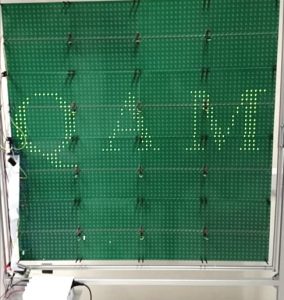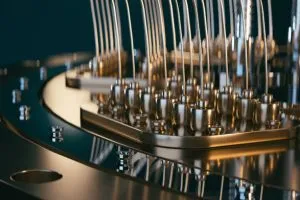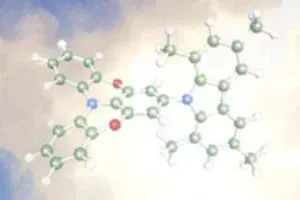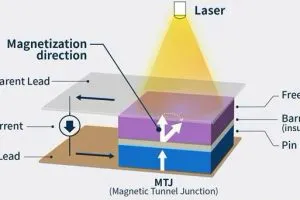
Such surfaces can be used to intercept weak millimetre-wave and terahertz signals, boosting and guiding them to receivers, according to the University of Glasgow, which is working with the Tyndall National Institute’s Wireless Communications Laboratory on the project, called AR-COM.
“Current materials used in wireless communications face significant limitations, especially at the higher frequencies that 6G networks will require,” said principal investigator Professor Qammer Abbasi, of Glasgow’s James Watt School of Engineering. “With AR-COM, we’re building on the expertise of the University of Glasgow and the Tyndall Institute with the support of key industry partners to develop truly next-generation technologies.”
The three year project has four R&D stages:
- Creating electronically-controllable RF switches and phase shifters from transition metal oxides semiconductors, either VO2 or TiO2 , grown using thermal and plasma-assisted atomic layer deposition
- Developing ways to control the direction of wireless signals, steering around obstacles in complex indoor environments. The physical element will be various structures built from layers of metals, oxide semiconductors and insulators
- Develop low-consumption reflection signal amplifiers using resonant tunnelling diodes – amplification is though the diode’s negative differential resistance
- Integrating the above into a functional intelligent reconfigurable surface system
The oxide switches and diode reflectors will be combined into ‘meta-atoms’ – repeatable units able to alter the phase and amplitude of the incident signal.
“Resonant tunnelling diodes which can amplify signals while using very little power, and transition metal oxides which can act as ultra-fast switches, have a great deal of potential to help overcome the bottlenecks of current generations of intelligent reconfigurable surface technologies,” said Dr Senad Bulja, project lead at the Tyndall National Institute. “Together, these technologies will help us create surfaces that not only redirect signals but also boost them with minimal energy consumption.”
Reflection amplifiers with resonant tunnelling diodes have already been demonstrated with 10dB of gain at 5.7GHz, according to the project, which considers 32dB gain K and Ka band amplifiers feasible that consume in the region of 100µW.
“The proposed panel consist of 16 PCB tiles integrated to form one single surface – total size is 1.3m by 1.3m,” Glasgow’s Abbasi told Electronics Weekly. It will have “the ability to focus incoming waves in the near field as well as beam steer the incoming waves to areas with limited or no coverage, [and] is designed to operate in cellular frequency range, particularly around 3.75 GHz”.
AR-COM is supported by £1m from UKRI’s Engineering and Physical Sciences Research Council and €500,000 from Research Ireland.
Tyndall’s Wireless Communications Laboratory, based at University College Cork, was founded in 2020 by three former Nokia Bell Labs scientist: Holger Claussen, Lester Ho and Senad Bulja.
Photo: a 4096 cell intelligent reflecting surface at the University of Glasgow.



